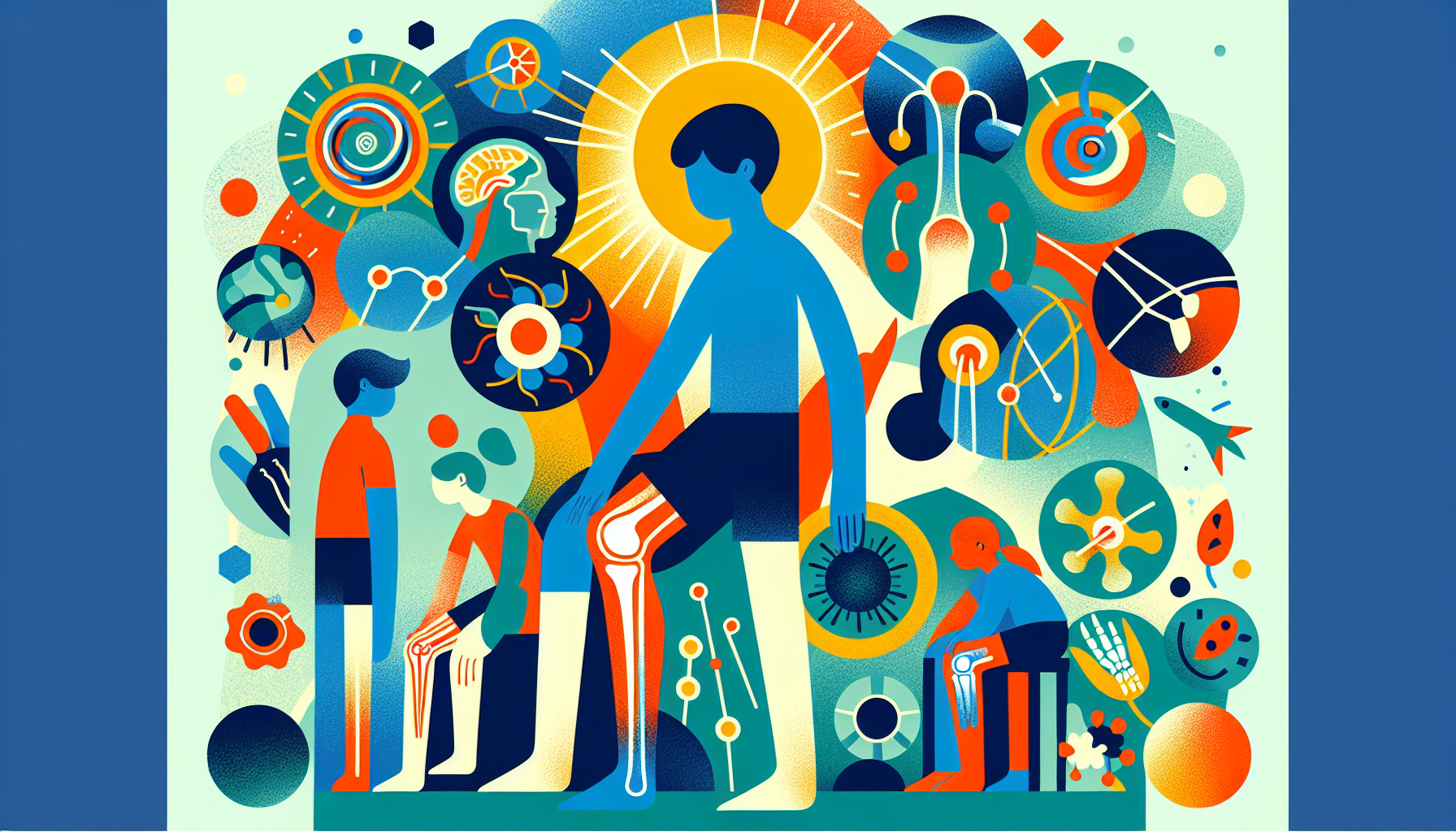Can I Take Zepbound a Day Early?
Key TakeawaysZepbound is a once-weekly injectable medication for weight management and obstructive sleep apnea (OSA) linked to obesity.Taking Zepbound a day early is [...]
Read More
Medically reviewed by Abhijit Bhattacharyya | MD, PhD, MBA, Tufts University School of Medicine - Miami, Florida on September 9th, 2023.
Osgood-Schlatter disease (OSD) is a condition that causes knee pain in active children and teenagers. It is an overuse injury that occurs when the tendon connecting the shinbone (tibia) to the kneecap (patella) becomes inflamed. This inflammation leads to pain, swelling, and tenderness just below the kneecap.
OSD is caused by repeated stress on the knee joint, particularly during activities that involve running, jumping, and quick changes in direction. These movements cause the thigh muscles (quadriceps) to pull on the tendon, which can lead to inflammation and pain. Some common sports and activities that may contribute to the development of OSD include:
Basketball
Soccer
Ballet
Running
Gymnastics
OSD is more common in boys than girls, but it can affect both sexes. It typically occurs during puberty when children experience rapid growth spurts. Boys usually develop OSD around age 13 or 14, while girls tend to develop it earlier, around age 11 or 12.
The symptoms of OSD can vary from person to person, with some experiencing severe pain and others having milder symptoms. Common signs and symptoms include:
Pain, tenderness, or swelling just below the kneecap
Worsening pain during physical activities
Limping after participating in sports or other activities
In some cases, a bony lump may develop under the kneecap

To diagnose OSD, your child's doctor will perform a physical exam, looking for signs of swelling, redness, pain, and tenderness. In some cases, X-rays may be ordered to examine the bones and the area where the tendon attaches to the shinbone.
Most children with OSD do not require specific treatments, as the condition typically improves on its own once the bones stop growing. However, there are several ways to manage the pain and discomfort associated with OSD:
Rest and avoiding activities that aggravate the condition
Applying ice to reduce pain and swelling
Using over-the-counter pain relievers, such as acetaminophen, ibuprofen, or naproxen
Participating in physical therapy to stretch and strengthen the muscles around the knee
Wearing a protective pad or patellar tendon strap during sports activities
Most children with OSD do not experience long-term complications. While a bony bump may remain on the shinbone after symptoms have resolved, it rarely causes ongoing knee problems. In rare cases, OSD can cause the growth plate to pull away from the shinbone, requiring further medical attention.
If your child is experiencing knee pain or any of the symptoms associated with Osgood-Schlatter disease, it is essential to consult with a healthcare professional for an accurate diagnosis and appropriate treatment plan. With proper management and care, most children with OSD can successfully return to their favorite sports and activities.
For more information about Osgood-Schlatter disease and other common childhood orthopedic conditions, visit:
Key TakeawaysZepbound is a once-weekly injectable medication for weight management and obstructive sleep apnea (OSA) linked to obesity.Taking Zepbound a day early is [...]
Read MoreKey TakeawaysZepbound is an FDA-approved medication for chronic weight management in adults with obesity or overweight, and for moderate to severe obstructive sleep apnea [...]
Read MoreKey TakeawaysZepbound is a once-weekly injectable medication that supports weight loss by activating hormone pathways regulating appetite and digestion.After the first dose, [...]
Read More